
Cathédrale de Marseille la Majeur
Sébastien Béghuin
Photography - 60 x 50 x 0.1 cm Photography - 23.6 x 19.7 x 0 inch
€1,350
Architecture has been the ideal subject of photography since its inception. As a fixed subject, old-fashioned black and white photography was able to capture a building from a distinct era in one singular instant and freeze it in time forever. The first architectural photographs were monochromatic and managed to capture the depth of the building's dimensions as well as the sharpness of its linear structure. Since then, modern technological advances have opened the world of architectural photography up to a chromatic sensory heights. Discover this most varied and interesting art form at Artsper!
Save your search and find it in your favorites
Save your search to find it quickly
Saved search
Your search is accessible from the favorites tab > My favorite searches
Unsaved search
A problem occurred

Photography - 60 x 50 x 0.1 cm Photography - 23.6 x 19.7 x 0 inch
€1,350

Photography - 60 x 50 x 0.1 cm Photography - 23.6 x 19.7 x 0 inch
€1,350

Photography - 60 x 50 x 0.1 cm Photography - 23.6 x 19.7 x 0 inch
€1,350
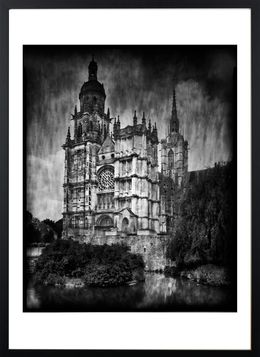
Photography - 60 x 50 x 0.1 cm Photography - 23.6 x 19.7 x 0 inch
€1,350

Photography - 50 x 75 x 2 cm Photography - 19.7 x 29.5 x 0.8 inch
€1,500
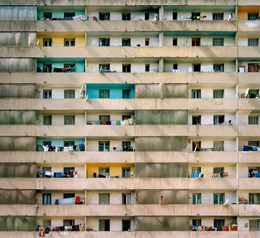
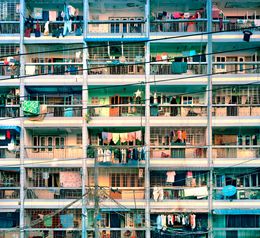
Photography - 110 x 120 x 2 cm Photography - 43.3 x 47.2 x 0.8 inch
€3,655

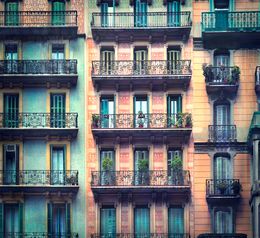


Photography - 100 x 120 x 2 cm Photography - 39.4 x 47.2 x 0.8 inch
€2,912

Photography - 84 x 250 x 2 cm Photography - 33.1 x 98.4 x 0.8 inch
€4,956
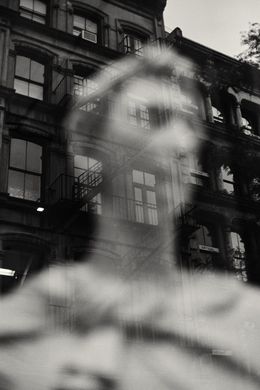

Photography - 58 x 70 x 1 cm Photography - 22.8 x 27.6 x 0.4 inch
€2,400
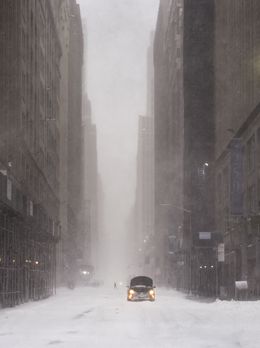
Photography - 76 x 71 x 1 cm Photography - 29.9 x 28 x 0.4 inch
€2,070

Photography - 76 x 71 x 1 cm Photography - 29.9 x 28 x 0.4 inch
€2,070

Photography - 69 x 91 x 1 cm Photography - 27.2 x 35.8 x 0.4 inch
€2,070
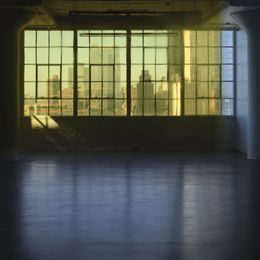
Photography - 70 x 70 x 1 cm Photography - 27.6 x 27.6 x 0.4 inch
€2,070
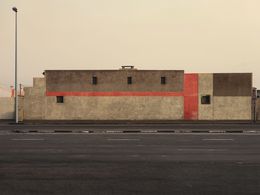
Photography - 45 x 60 x 1 cm Photography - 17.7 x 23.6 x 0.4 inch
€1,840
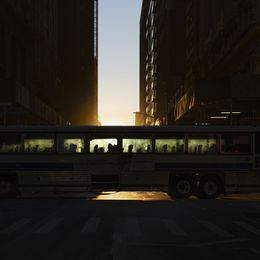
Photography - 58 x 58 x 1 cm Photography - 22.8 x 22.8 x 0.4 inch
€1,840
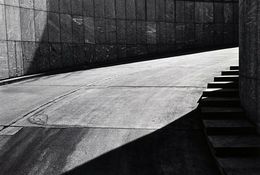
Photography - 42 x 60 x 0.3 cm Photography - 16.5 x 23.6 x 0.1 inch
€1,750
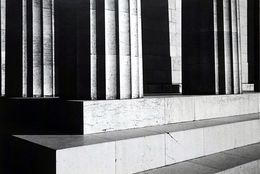
Photography - 42 x 60 x 0.3 cm Photography - 16.5 x 23.6 x 0.1 inch
€1,750
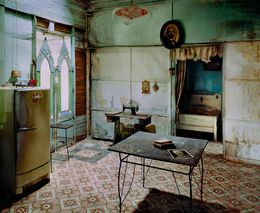
Photography - 100 x 120 x 2 cm Photography - 39.4 x 47.2 x 0.8 inch
€2,912

Photography - 50 x 75 x 3 cm Photography - 19.7 x 29.5 x 1.2 inch
€1,200

Photography - 81.3 x 121.9 x 0.3 cm Photography - 32 x 48 x 0.1 inch
€3,710

Photography - 101.6 x 304.8 x 0.3 cm Photography - 40 x 120 x 0.1 inch
€15,302

Photography - 101.6 x 304.8 x 0.3 cm Photography - 40 x 120 x 0.1 inch
€15,302

Photography - 152.4 x 203.2 x 0.3 cm Photography - 60 x 80 x 0.1 inch
€15,302
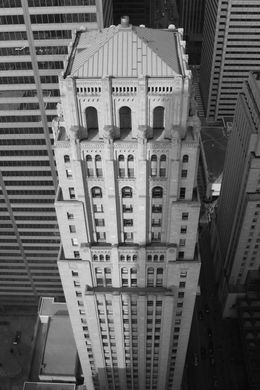
Photography - 116.8 x 76.2 x 1.3 cm Photography - 46 x 30 x 0.5 inch
€8,254
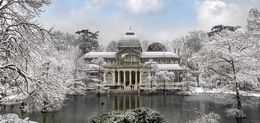
Photography - 66 x 120 x 3 cm Photography - 26 x 47.2 x 1.2 inch
€1,720
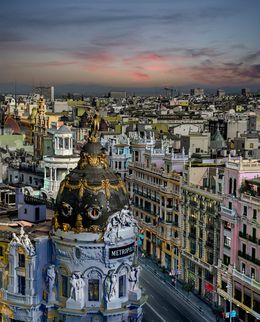

Photography - 121.9 x 81.3 x 0.3 cm Photography - 48 x 32 x 0.1 inch
€3,710

Photography - 121.9 x 81.3 x 0.3 cm Photography - 48 x 32 x 0.1 inch
€3,710

Photography - 40 x 30 x 0.5 cm Photography - 15.7 x 11.8 x 0.2 inch
€2,900
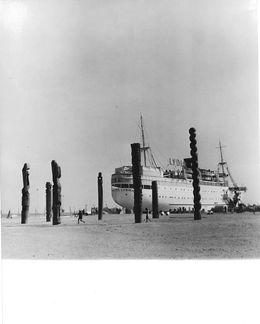
Photography - 50 x 40 x 0.5 cm Photography - 19.7 x 15.7 x 0.2 inch
€2,900
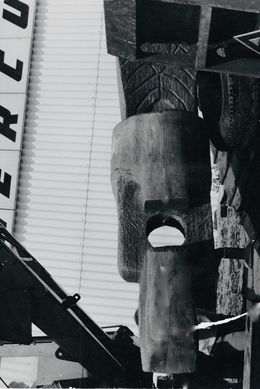
Photography - 40 x 30 x 0.5 cm Photography - 15.7 x 11.8 x 0.2 inch
€2,900

Photography - 30 x 40 x 0.5 cm Photography - 11.8 x 15.7 x 0.2 inch
€2,900

Photography - 40 x 30 x 0.5 cm Photography - 15.7 x 11.8 x 0.2 inch
€2,900

Photography - 50 x 40 x 0.5 cm Photography - 19.7 x 15.7 x 0.2 inch
€2,900
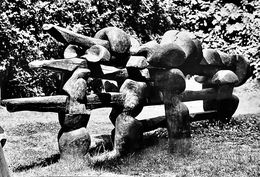
Photography - 30 x 40 x 0.5 cm Photography - 11.8 x 15.7 x 0.2 inch
€2,900

Photography - 40 x 30 x 0.5 cm Photography - 15.7 x 11.8 x 0.2 inch
€2,900

Photography - 30 x 40 x 0.5 cm Photography - 11.8 x 15.7 x 0.2 inch
€2,900
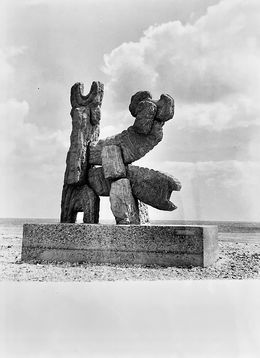
Photography - 40 x 30 x 0.5 cm Photography - 15.7 x 11.8 x 0.2 inch
€2,900

Photography - 40 x 30 x 0.5 cm Photography - 15.7 x 11.8 x 0.2 inch
€2,900

Photography - 40 x 30 x 0.5 cm Photography - 15.7 x 11.8 x 0.2 inch
€2,900

Photography - 40 x 30 x 0.5 cm Photography - 15.7 x 11.8 x 0.2 inch
€2,900

Photography - 40 x 30 x 0.5 cm Photography - 15.7 x 11.8 x 0.2 inch
€2,900

Photography - 40 x 30 x 0.5 cm Photography - 15.7 x 11.8 x 0.2 inch
€2,900

Photography - 40 x 30 x 0.5 cm Photography - 15.7 x 11.8 x 0.2 inch
€2,900
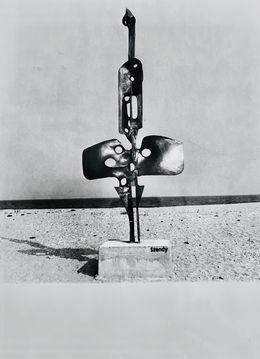
Photography - 40 x 30 x 0.5 cm Photography - 15.7 x 11.8 x 0.2 inch
€2,900
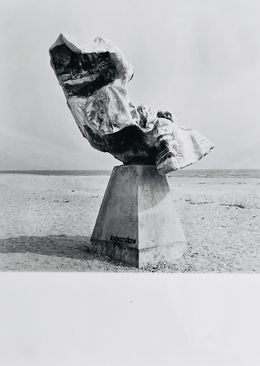
Photography - 40 x 30 x 0.5 cm Photography - 15.7 x 11.8 x 0.2 inch
€2,900

Photography - 40 x 30 x 0.5 cm Photography - 15.7 x 11.8 x 0.2 inch
€2,900
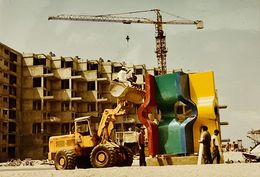
Photography - 30 x 40 x 0.5 cm Photography - 11.8 x 15.7 x 0.2 inch
€2,900
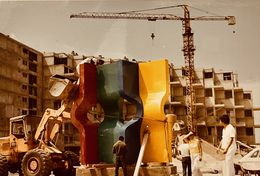
Photography - 30 x 40 x 0.5 cm Photography - 11.8 x 15.7 x 0.2 inch
€2,900
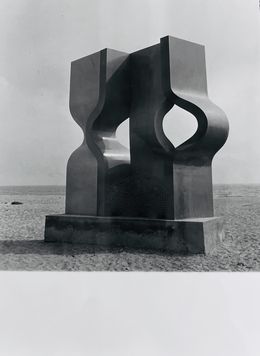
Photography - 40 x 30 x 0.5 cm Photography - 15.7 x 11.8 x 0.2 inch
€2,900
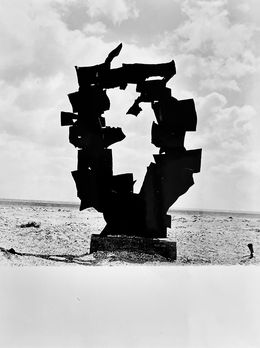
Photography - 40 x 30 x 0.5 cm Photography - 15.7 x 11.8 x 0.2 inch
€2,900
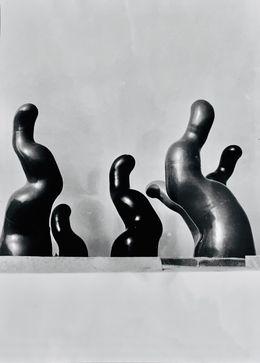
Photography - 40 x 30 x 0.5 cm Photography - 15.7 x 11.8 x 0.2 inch
€2,900
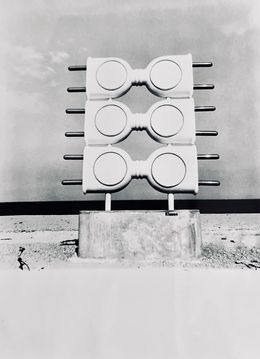
Photography - 40 x 30 x 0.5 cm Photography - 15.7 x 11.8 x 0.2 inch
€2,900

Photography - 40 x 30 x 0.5 cm Photography - 15.7 x 11.8 x 0.2 inch
€2,900

Photography - 40 x 30 x 0.5 cm Photography - 15.7 x 11.8 x 0.2 inch
€2,900

Photography - 40 x 30 x 0.5 cm Photography - 15.7 x 11.8 x 0.2 inch
€2,900

Photography - 40 x 30 x 0.5 cm Photography - 15.7 x 11.8 x 0.2 inch
€2,900

Photography - 40 x 30 x 0.5 cm Photography - 15.7 x 11.8 x 0.2 inch
€2,950

Photography - 40 x 30 x 0.5 cm Photography - 15.7 x 11.8 x 0.2 inch
€2,900


Photography - 40 x 30 x 0.5 cm Photography - 15.7 x 11.8 x 0.2 inch
€2,900
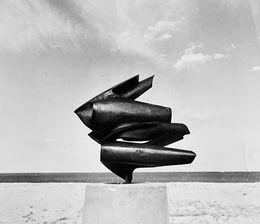
Photography - 30 x 40 x 0.5 cm Photography - 11.8 x 15.7 x 0.2 inch
€2,900

Photography - 40 x 30 x 0.5 cm Photography - 15.7 x 11.8 x 0.2 inch
€2,900

Photography - 40 x 30 x 0.1 cm Photography - 15.7 x 11.8 x 0 inch
€2,900

Photography - 30 x 40 x 0.1 cm Photography - 11.8 x 15.7 x 0 inch
€2,900

Photography - 40 x 36 x 0.1 cm Photography - 15.7 x 14.2 x 0 inch
€2,900

Photography - 40 x 30 x 0.1 cm Photography - 15.7 x 11.8 x 0 inch
€2,900

Photography - 30 x 40 x 0.1 cm Photography - 11.8 x 15.7 x 0 inch
€2,900
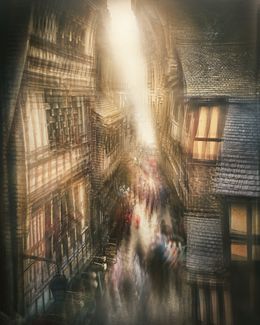

Photography - 100 x 198 x 2.7 cm Photography - 39.4 x 78 x 1.1 inch
€7,000

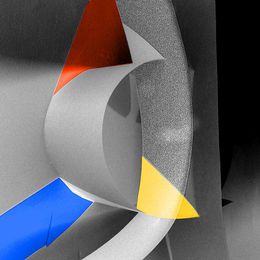
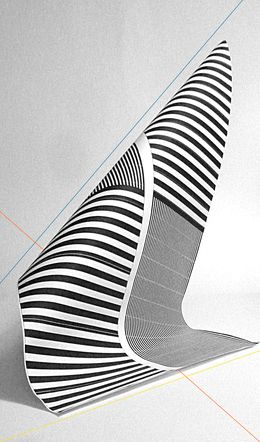


Photography - 20 x 20 x 0.5 cm Photography - 7.9 x 7.9 x 0.2 inch
€190

Photography - 20 x 20 x 0.5 cm Photography - 7.9 x 7.9 x 0.2 inch
€190
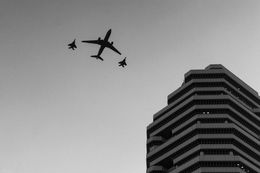
Photography - 70 x 105 x 1 cm Photography - 27.6 x 41.3 x 0.4 inch
€2,800
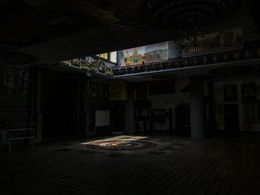
Photography - 70 x 105 x 1 cm Photography - 27.6 x 41.3 x 0.4 inch
€2,800
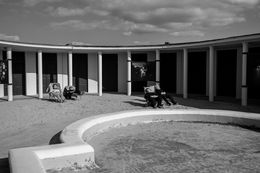
Photography - 70 x 105 x 1 cm Photography - 27.6 x 41.3 x 0.4 inch
€2,800

Photography - 40 x 60 x 0.6 cm Photography - 15.7 x 23.6 x 0.2 inch
€190


Photography - 60 x 40 x 0.1 cm Photography - 23.6 x 15.7 x 0 inch
€2,354

Photography - 60 x 40 x 0.1 cm Photography - 23.6 x 15.7 x 0 inch
€2,354

Photography - 60 x 40 x 0.1 cm Photography - 23.6 x 15.7 x 0 inch
€2,354

Photography - 60 x 40 x 0.1 cm Photography - 23.6 x 15.7 x 0 inch
€2,354

Photography - 60 x 40 x 0.1 cm Photography - 23.6 x 15.7 x 0 inch
€2,354

Photography - 40 x 60 x 0.1 cm Photography - 15.7 x 23.6 x 0 inch
€2,354

Photography - 40 x 60 x 0.1 cm Photography - 15.7 x 23.6 x 0 inch
€2,354
To capture the best architectural photographs, consider the lighting, angles, and composition. Use a tripod to keep the camera steady and experiment with different lenses. Look for unique perspectives and details that highlight the building's design. Edit the photos to enhance the colors and contrast.
Using lighting techniques such as backlighting, sidelighting, and highlighting can add depth and dimension to your architecture photography. Experiment with different angles and intensities of light to create dramatic effects and highlight the unique features of the building. Don't be afraid to play with shadows and contrast to create a dynamic and visually striking image.
To get started with architecture photography, you'll need a camera with a wide-angle lens, a tripod, and a polarizing filter. Additionally, a remote shutter release and a spirit level can be helpful for achieving sharp and level shots.
Choose your preferences
The art is yours
The art is yours